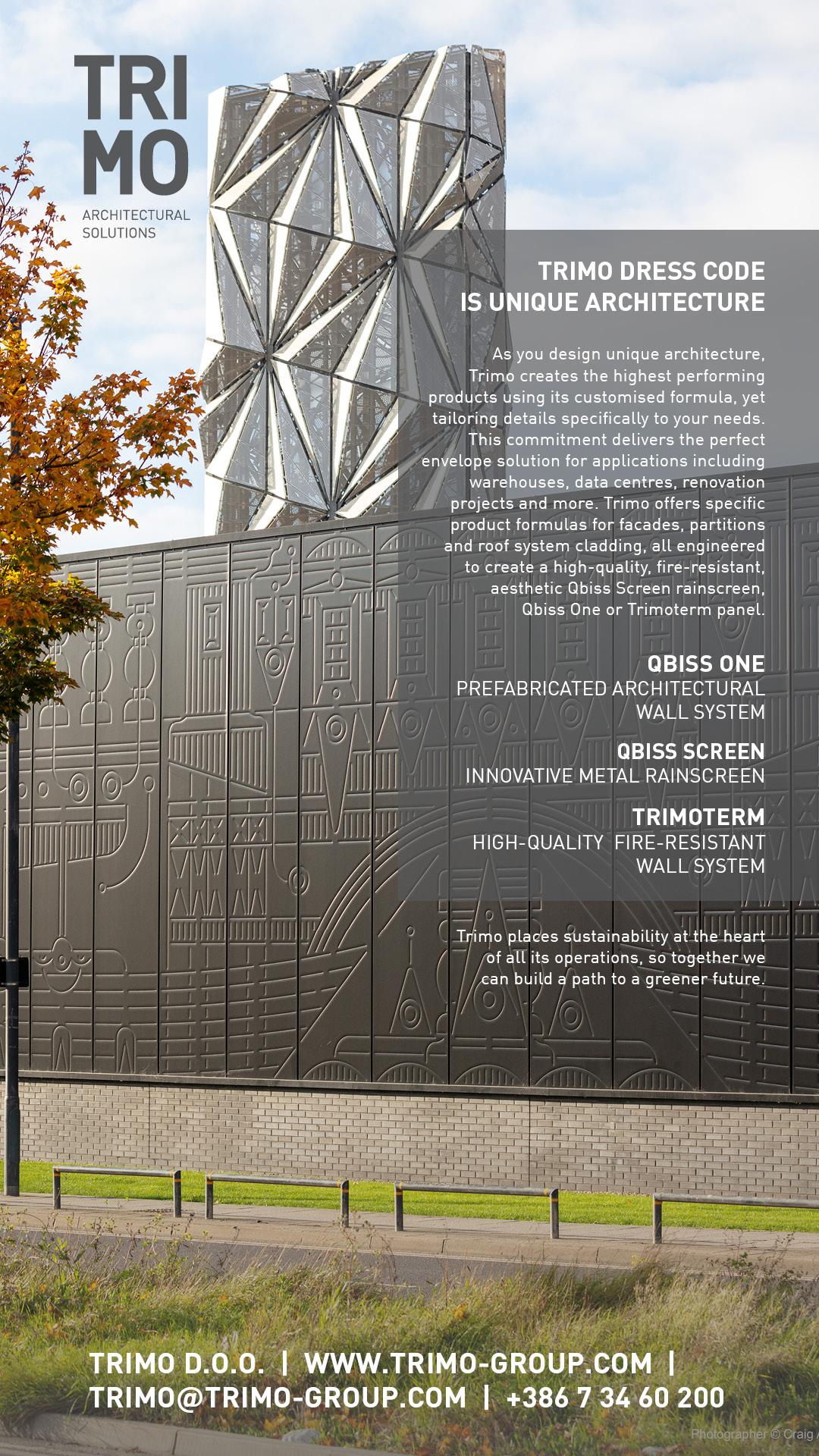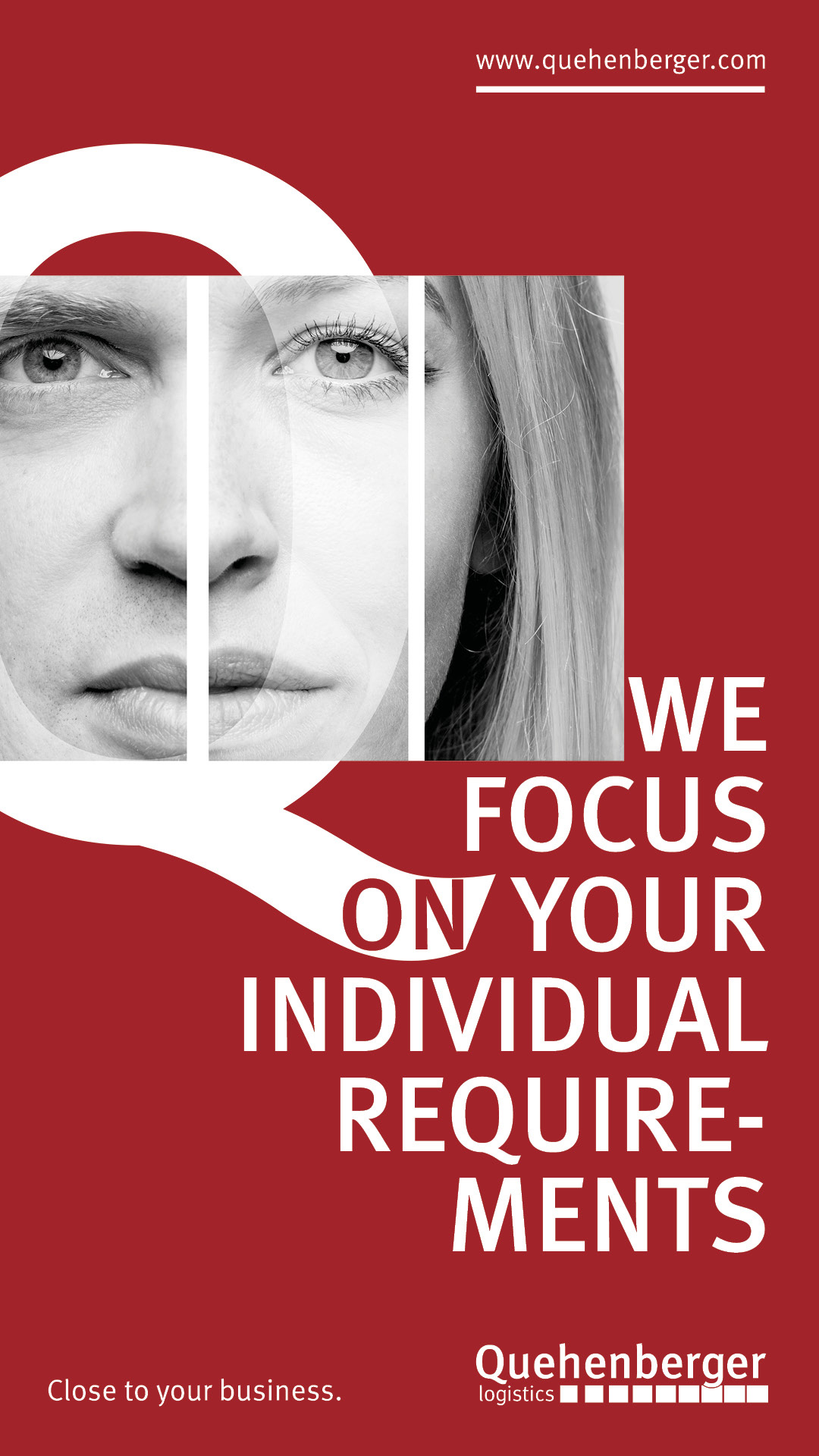The fall of the Iron Curtain at the end of the ’80s proved a historic moment for Europe and the rest of the world. For CTP Founder and CEO Remon Vos, it marked the start of an entrepreneurial adventure.
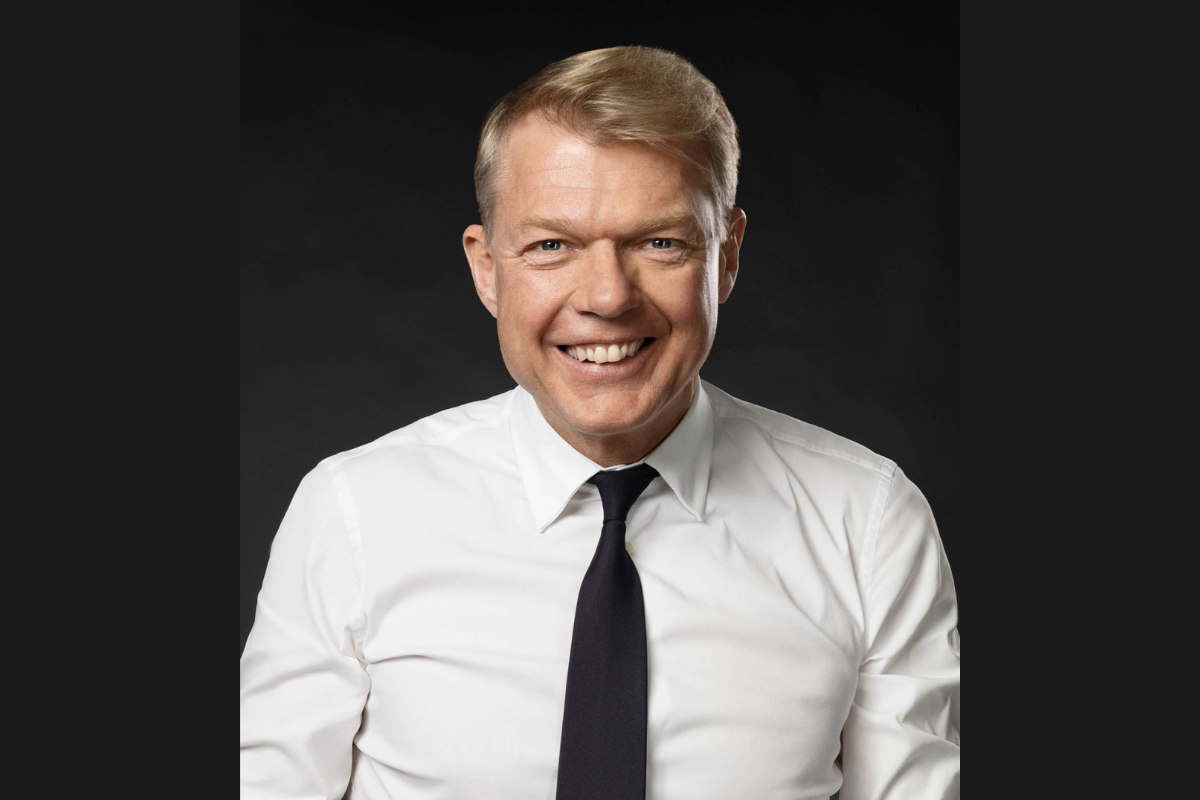
In 1991, the intrepid young Dutchman, then just 20 years old, first drove into what was then known as Czechoslovakia and was immediately blown away by the extent of opportunities available.
After toying with a number of business ventures, in 1994 he struck a deal to set up a metal processing factory there, cutting, bending and welding metal parts to ship back to the Netherlands. But the company would swiftly evolve as it grew and required larger premises.
Confronted by a lack of modern manufacturing and logistics properties in Central Europe, he decided to plug the gap.
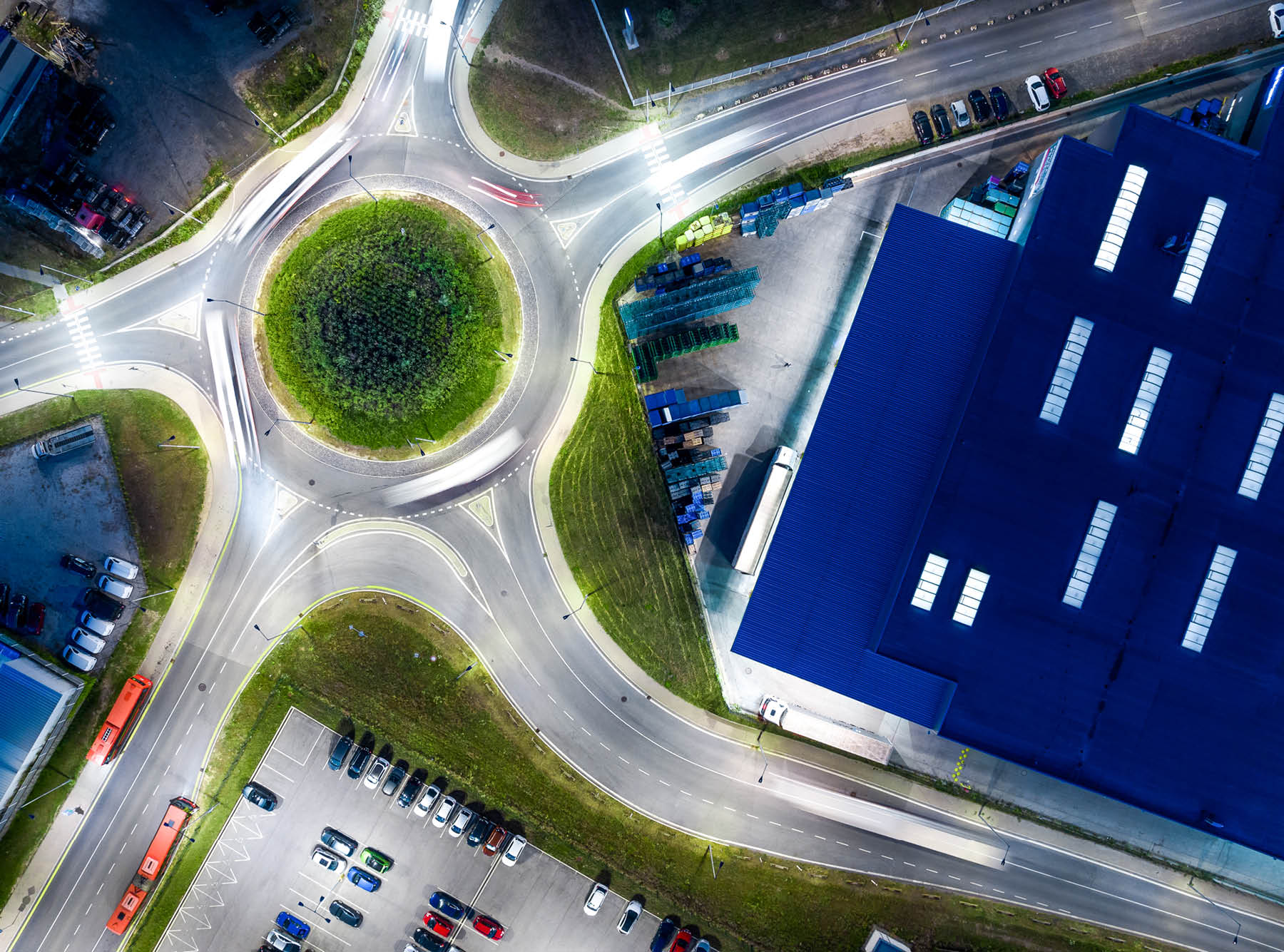
We wanted to build a full-service business park with all the amenities and support needed by tenants.
“We started a pilot project in 1998, and that’s when I established the CTP company with two partners,” he tells The CEO Magazine. The fledgling company completed its first project, Central Trade Park, between Prague and Brno in 2000.
“We immediately thought, ‘We are not going to build just one building,’” he recalls. “We wanted to build a full-service business park with all the amenities and support needed by tenants. The idea was to build other buildings on the same property to create a cluster – an ecosystem of different companies working together.
“We, the developer, would be responsible for all infrastructure for the buildings, for all maintenance and repairs, so that the tenant could focus on and invest in their core business.”
Those early years were full of lessons. CTP lost money on the first project, then the tenants they built the second one for went bust just before handover. But the partners didn’t give up, instead learning from their mistakes. Despite one shareholder tapping out early on, Vos and his remaining partner Eddy Maas continued to build the business until Maas’ death in 2016.
“Now CTP is a leading listed industrial logistic property developer with activities in 10 markets,” Vos says. Of those, only three are Western European – Germany, the Netherlands and Austria – with the rest in Central Europe.
Vos is speaking from CTP’s Warsaw office in Poland, a relatively new addition for the company.
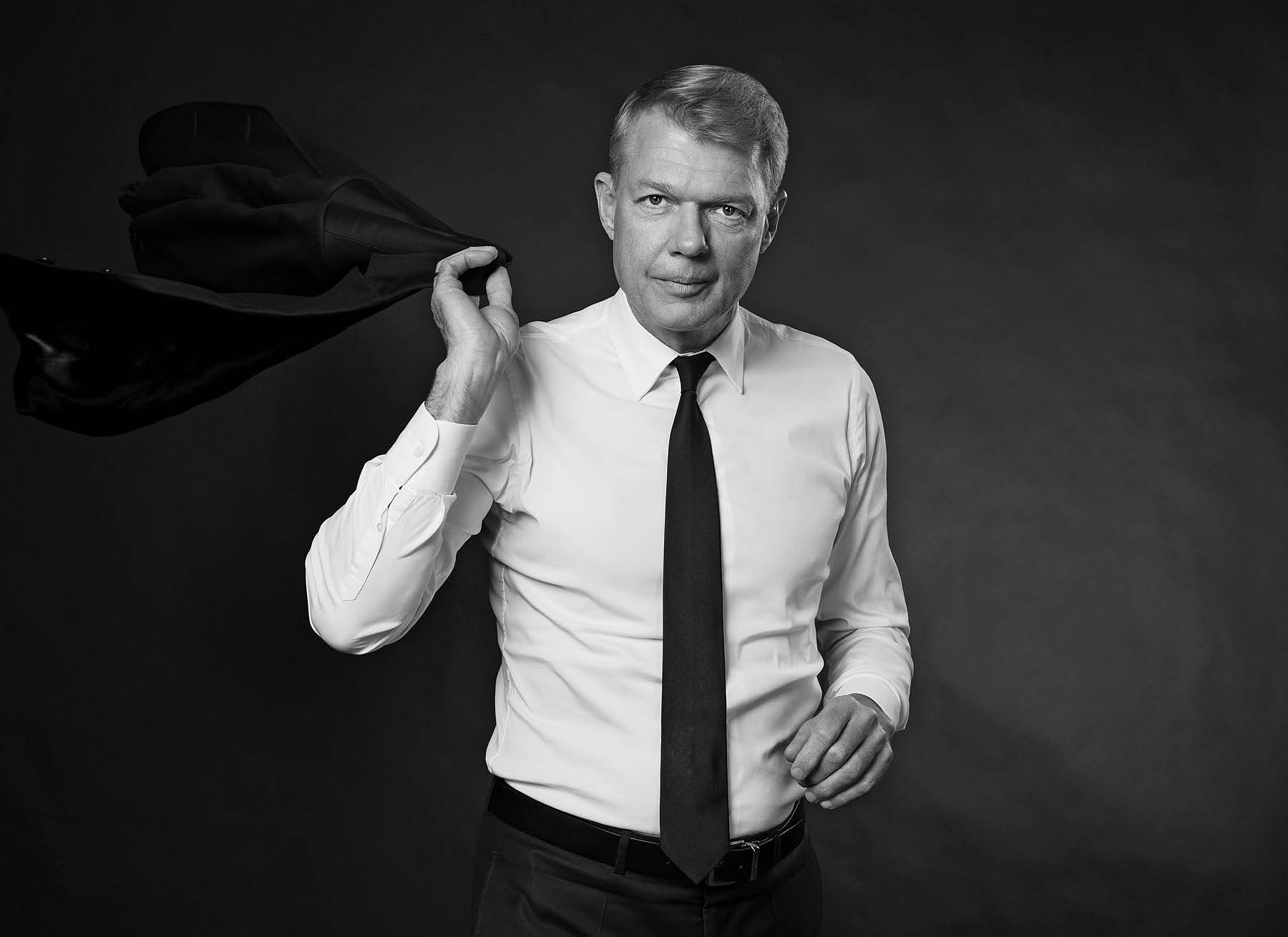
“We are building here, but we are strong in other markets – Czech Republic, Slovakia, Hungary and Romania where CTP is a market leader with 27 or 28 percent market share,” he says.
CTP is also building in Bulgaria and Serbia.
“We build to last or we build to own,” he stresses. “We don’t trade, we don’t sell. We don’t build standalone buildings. We only do buildings in a park concept.”
The company has 1.7 million square meters under construction and it counts 700 people in its ranks, with a 50–50 gender balance and an average age of 39. It is split between three businesses looking after property management, property development and energy.
On the lookout
Vos is content to concentrate on CTP’s existing 10 markets – for now, at least.
“There are no plans to immediately extend that,” he says. “We think the balance between the Central European and Western European countries we picked works well.”
But that’s not to play down his ambitious goals for the company. He aims to double the size of the business by building more property on the land it already owns, which he calls “land banks.”
“We’re talking about land which is in parks that’s ready, prepared, zoned with permits and infrastructure,” he says.
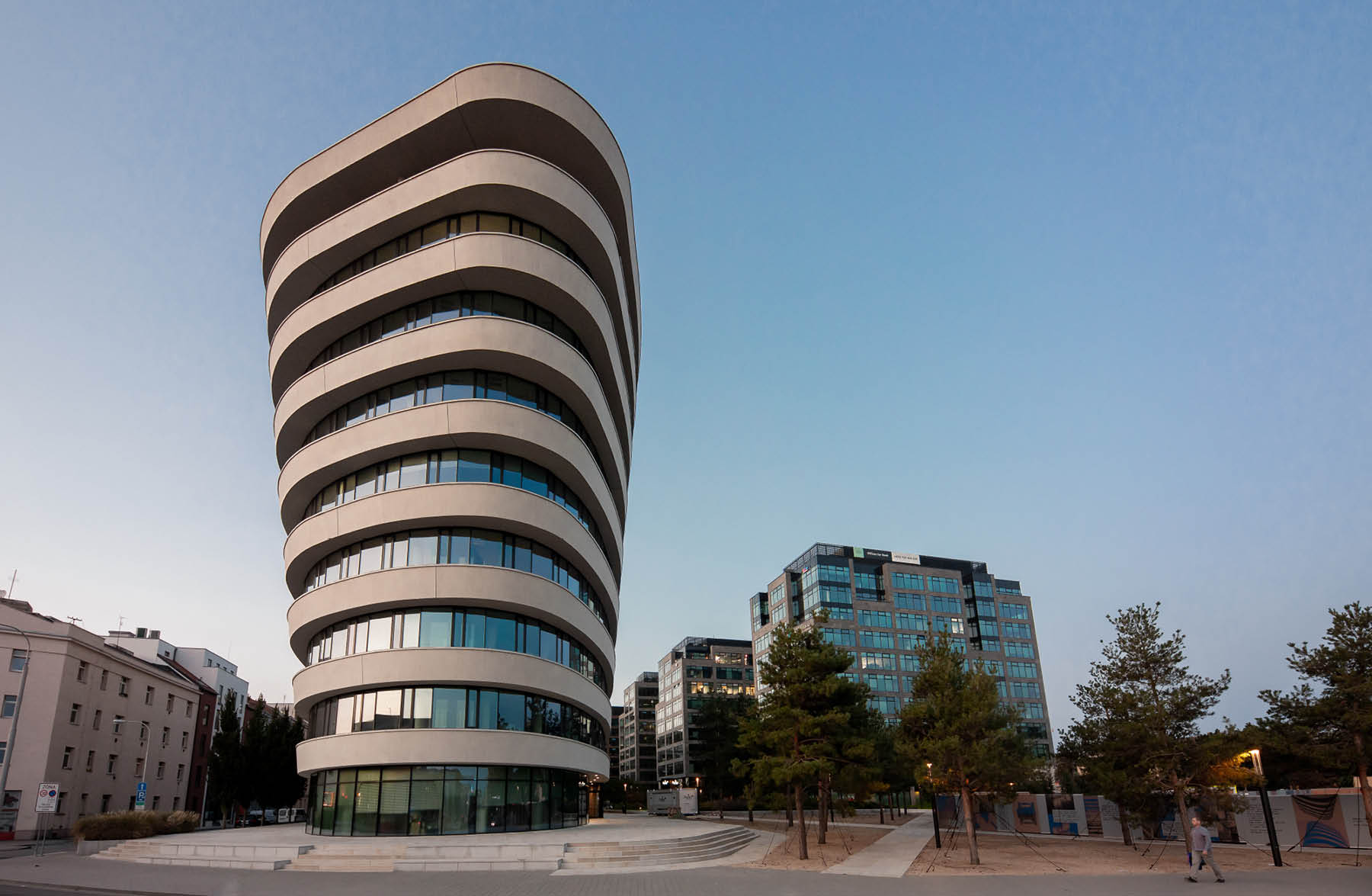
Purchasing power and spending have been less than in other markets also. But we see it growing rapidly.
Most are located close to a capital city – areas where CTP sees a growing need for warehouse space, something which remains in short supply in Central Europe as compared with Western Europe, according to Vos. It’s a dearth he dates back to the days of communism and which has not caught up since.
“Purchasing power and spending have been less than in other markets also,” he says. “But we see it growing rapidly.”
Vos also sees great opportunity in regional cities that are home to technical universities which tend to attract high-tech industries.
“Our clients prefer to have their facilities based in Europe, and we’re seeing that more and more,” he says.
More than half of CTP’s business comes from existing clients who require additional space as their businesses grow.
Trends such as nearshoring and friendshoring – essentially manufacturing closer to home to avoid supply chain disruptions – are behind the shift toward Europe, but other factors are also coming into play. For example, a burst of investment in Central Europe over the last 20-to-30 years has seen massive amounts of new infrastructure built such as road networks.
“Now places like Bucharest are easy to reach, they’re very accessible,” Vos says. “Bucharest is not the end of Europe anymore, it has easy connection to Istanbul within half a day’s drive. Because of this it has the potential to become a center for logistics distribution and be a prime location for many different companies.”
The same is true for places like Prague, Bratislava or Budapest, he continues.
“On top of that, you have a motivated, affordable workforce at one third of the costs,” he says.
On the agenda
As CTP continues to build its empire, Vos’ focus remains on keeping those buildings full and, increasingly, on ESG.
“ESG is complex,” he admits, foreseeing a long road ahead to get it right. “But we are actively involved in that for many, many reasons, because it’s in our DNA to do it in a proper way, because we have an opportunity, as a long-term owner, to roll out ESG strategies and to implement them along the way, over the years, in a variety of projects.
“We feel that this is a fantastic opportunity for us, which we are grabbing with both hands.”
The company is investing in more people to steer its plans in this area, which include the installation of rooftop solar panels to create renewable energy for use by tenants in its parks and the implementation of smart metering.
“That means that we will have a better overview of what energy is being consumed in what buildings in the park,” he explains. “The goal is to share data with tenants to allow us to come together and find ways that we can reduce energy consumption.”
The solar panels also create a sense of collaboration between tenants. If a tenant doesn’t require all the energy produced by the panels on their roof, then they can give it to one of their neighbors.
Beyond its environmental efforts, CTP is working behind the scenes to contribute to the wellbeing of the community. Through its “develop-to-hold” model, it becomes a “permanent citizen” of the places in which it invests.
“We do things such as offer education, build affordable housing and run blood donations, among other ways that we try to support local communities,” Vos says.
Dedicated community managers are on hand to offer support, but it’s very much a team effort with the tenants and residents.
“It’s not just us,” he says. “It’s very much about the residents who we work with in order to achieve these things.”
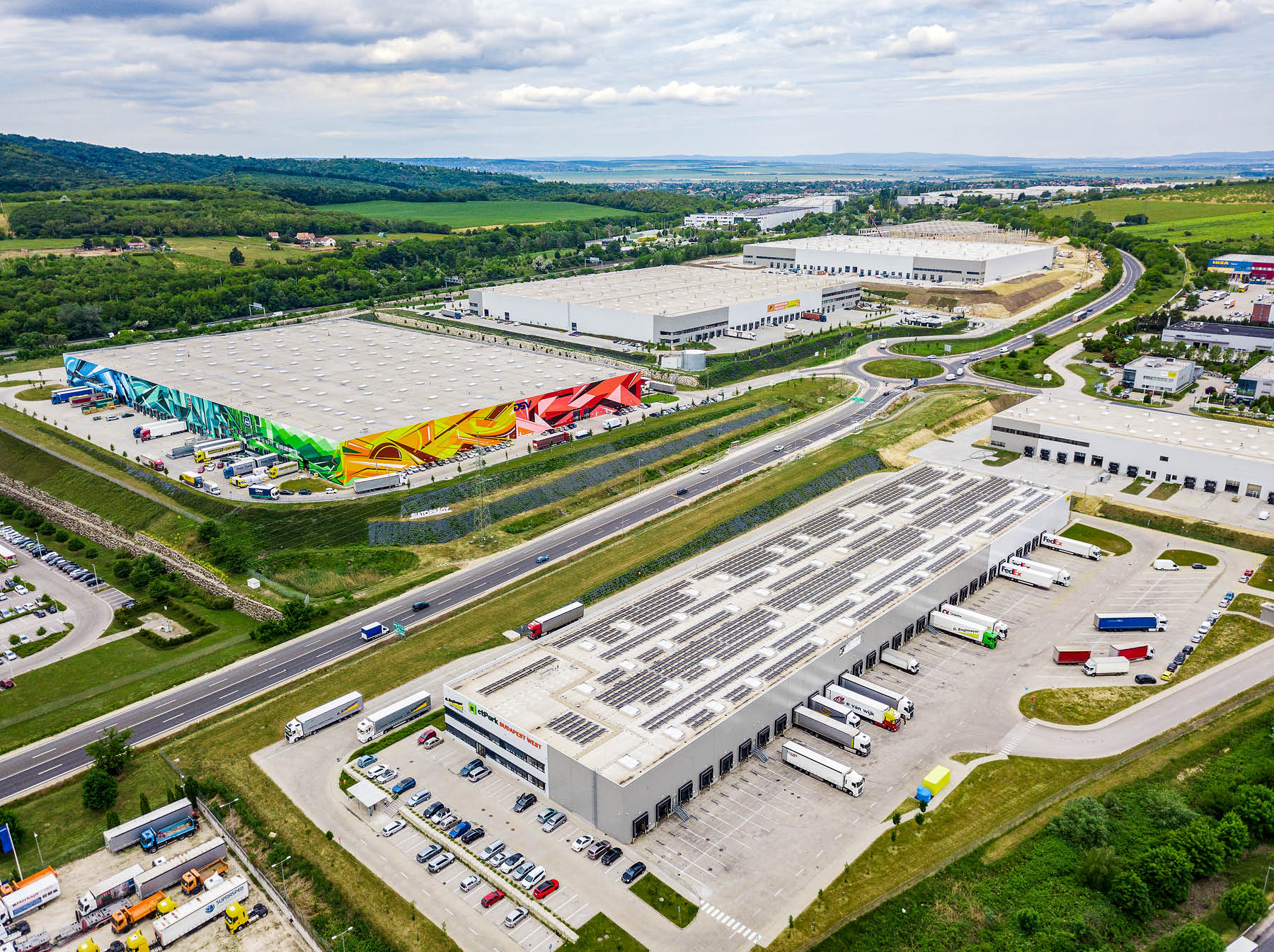
We do things such as offer education, build affordable housing and run blood donations, among other ways that we try to support local communities.
Another way CTP stands out from other companies also hoping to harness the promise offered by the region is its in-house construction management activity, according to Vos.
“That is beneficial because it allows us to design, permit and do construction in-house. That, again, gives us the opportunity to do custom builds, to do projects in a specific way for our tenants,” he says.
CTP can therefore take a ‘risk-free’ approach that enables it to begin a project before signing a tenant, and then respond to the their specific needs once they come on board.
“We can react very responsively to the market. That sets us apart from the competition, not only the fact that we own and that we don’t sell, but that we build parks for the future, for multi-generation tenants,” he says.
“We don’t build a building for one tenant, we build a building and then one tenant can stay in the building for five years, or 10. If they move to a larger building, then another tenant comes and we can make accommodations to the building to meet their needs. It’s a long-term commitment.”
Community collaboration
It’s a collaborative approach that embodies the CTP culture, where entrepreneurialism is a valuable attribute.
“We are very careful about our values, which we have clear understanding of and continue to share with everybody who wants to do business with us, or wants to work for us,” Vos says. “Those values mean a lot to us and are very important to us.”
Safeguarding those values is high on the CTP agenda, especially as the company grows.
“We are in a transition, at the moment. We plan to grow to be a €20 billion [US$22.1 billion] business over the next few years,” he continues. “We’re busy building a team of people who will help us get there on all different levels across the 10 countries in which we operate.
“These teams have a lot of work ahead of them, and we want to make sure that they are able to achieve this by giving them our full support whenever they need it.”
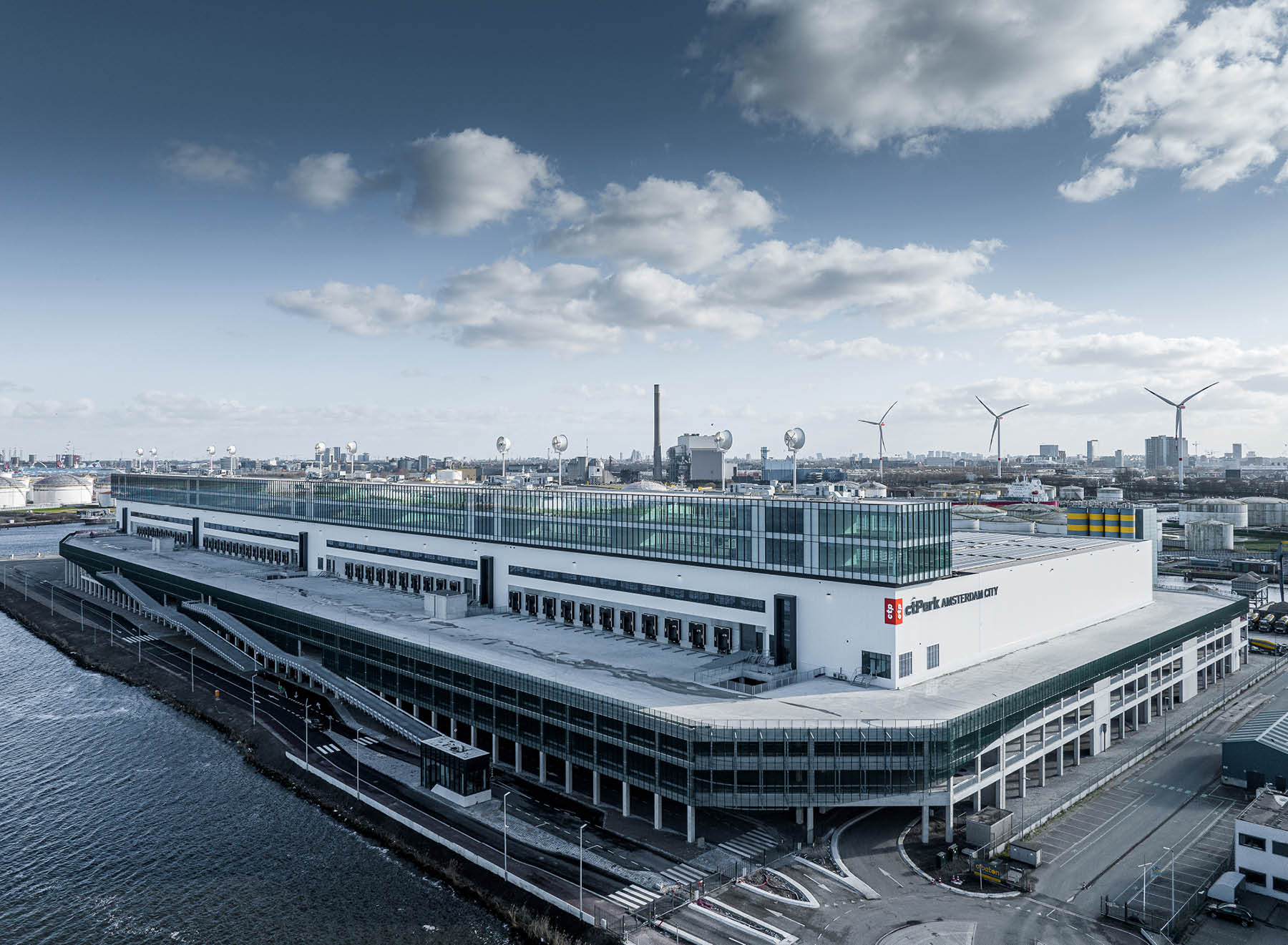
I do not have an office and I am mobile, traveling from office to office to meet my colleagues in the field.
Vos’ approach to leadership is very much collaborative as well. He has adopted a truly modern way of working that complements the international nature of the business.
“I do not have an office and I am mobile, traveling from office to office to meet my colleagues in the field where I am working with them on securing new business and making decisions instead of sitting in some shiny office somewhere downtown,” he says.
Suppliers are also an intrinsic part of the ecosystem, helping CTP to innovate and streamline its operations on several different levels. But, ultimately for Vos, it’s not about the processes – it’s about the results. And they are clear as day.
“We have guidelines, but ultimately the results count and that is the most important part of what we do,” he says. “All in all, I’m really very optimistic about the future.”

